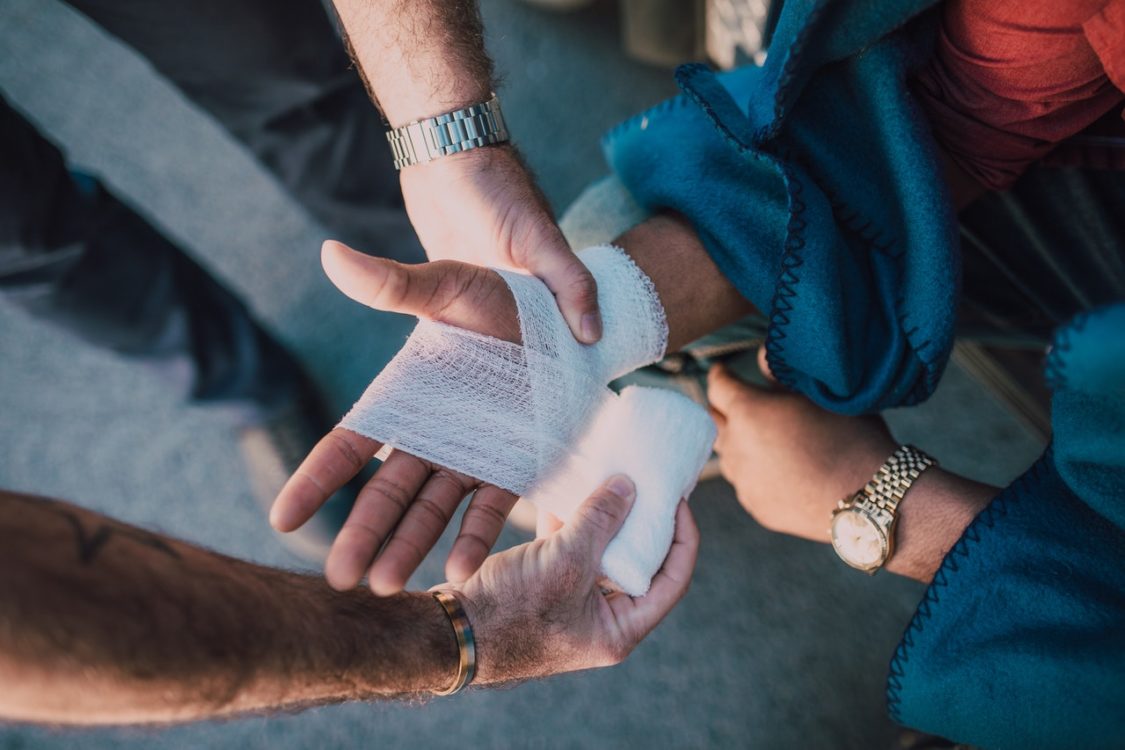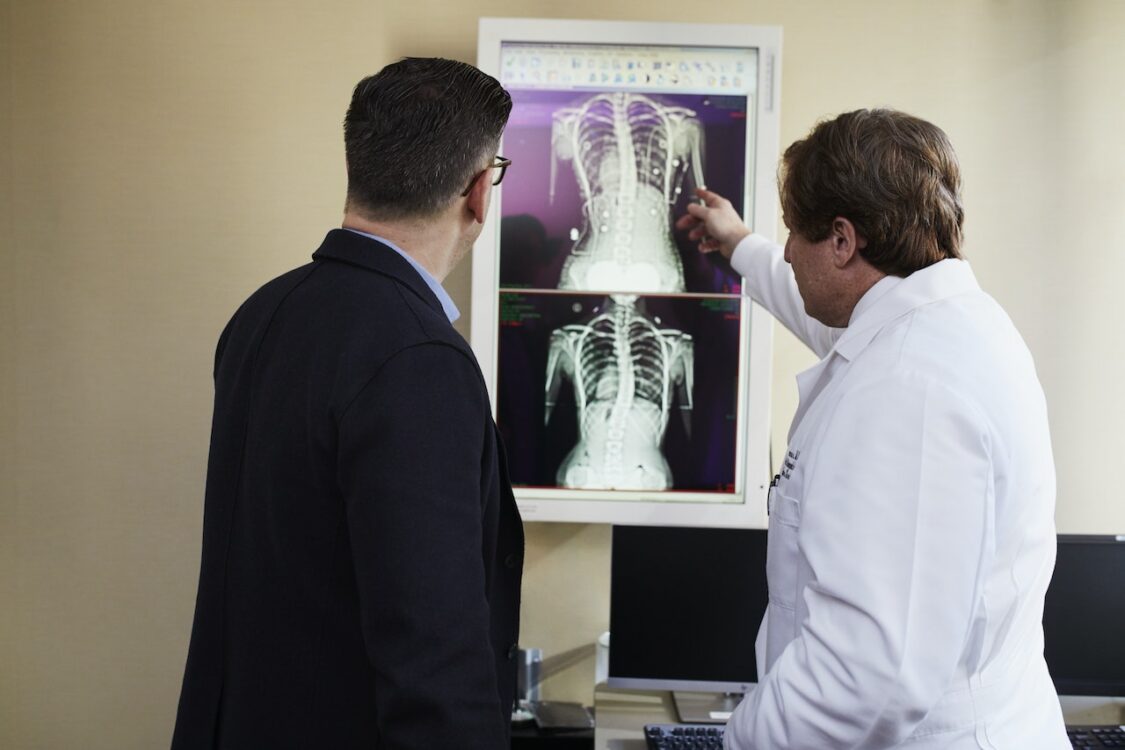In the world of digital marketing and online visibility, Search Engine Optimization (SEO) plays a pivotal role in driving organic traffic to websites. As businesses strive to increase their online presence and climb the search engine rankings, the strategy of link building has emerged as a key component of many SEO campaigns. Link building involves acquiring external links from other websites to your own, with the goal of improving your website’s authority and credibility in the eyes of search engines like Google. While link building can be a valuable tool in an SEO toolkit, it is essential to recognize the dangers of solely relying on this strategy for search engine optimization. In this article, we will delve into the potential pitfalls and drawbacks of overemphasizing link building in your SEO efforts.
1. Unnatural and Low-Quality Links:
One of the most significant dangers of solely focusing on link building is the potential to accumulate unnatural or low-quality links. Search engines have evolved to detect and penalize websites that engage in manipulative link-building practices. If search engines like Google identify that a website is acquiring links from irrelevant or low-quality sources, it can lead to ranking penalties or even complete removal from search results. Relying heavily on link building might tempt website owners to engage in shady practices such as purchasing links, participating in link farms, or spamming comment sections with links – all of which can severely harm a website’s reputation and SEO performance.
2. Neglecting Content Quality:
A strong SEO strategy requires a holistic approach that encompasses various factors, including high-quality content. Overemphasizing link building can divert attention away from the creation of valuable, relevant, and informative content. While links are undoubtedly important, they should be built upon a foundation of quality content that provides real value to readers. Neglecting content quality in favor of link acquisition can lead to a poor user experience, high bounce rates, and decreased engagement metrics – all of which can negatively impact search engine rankings in the long run.
3. Vulnerability to Algorithm Changes:
Search engines constantly update their algorithms to provide users with the most relevant and accurate search results. An overreliance on link building leaves websites vulnerable to algorithm changes. Google’s algorithm updates, such as Panda and Penguin, have historically targeted websites with unnatural link profiles and poor content quality. If a website’s SEO strategy hinges solely on link building, it becomes highly susceptible to sudden drops in rankings and organic traffic when algorithm changes occur.
4. Limited Diversification:
Effective SEO involves diversifying strategies to ensure a well-rounded approach. Relying too heavily on link building narrows the focus and limits the potential benefits of other crucial SEO tactics, such as on-page optimization, technical SEO, mobile responsiveness, and user experience enhancements. A diversified approach not only reduces risk but also improves a website’s overall online presence and resilience to changes in search engine algorithms.
5. Failure to Build Relationships:
Link building, when done right, involves building relationships with other website owners, bloggers, and influencers in your industry. It’s not just about acquiring links but also about establishing connections that can lead to collaborations, guest posting opportunities, and knowledge sharing. Solely pursuing links without cultivating relationships can result in missed opportunities for partnerships and mutual growth within your industry.
6. Short-Term Gains vs. Long-Term Sustainability:
Link building can deliver short-term boosts in rankings and traffic. However, an overreliance on this strategy often sacrifices the long-term sustainability of a website’s SEO efforts. Websites that prioritize quality content, user experience, and a diversified SEO approach are more likely to withstand changes in search engine algorithms and evolving industry trends.
7. Diminished User Trust and Authority:
Websites that rely heavily on link building at the expense of other SEO factors may come across as less trustworthy and authoritative to users. When users encounter a website with an abundance of external links but lacking in quality content or user-friendly design, they are likely to question the website’s credibility. Building a strong online reputation requires a balance between various SEO elements to earn users’ trust and establish industry authority.
Conclusion:
Link building undoubtedly has its place in a comprehensive SEO strategy, but it should not be the sole focus. Websites that prioritize high-quality content, user experience, technical excellence, and a diverse range of optimization tactics are more likely to succeed in the ever-evolving landscape of online search. Rather than relying solely on link building, businesses should adopt a holistic approach to SEO that emphasizes long-term sustainability, ethical practices, and a commitment to providing real value to users. By striking this balance, websites can position themselves for success in search engine rankings while building a strong and credible online presence.










